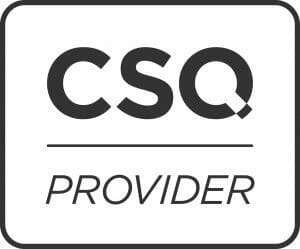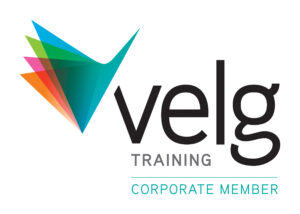If you’re pursuing a career in construction, mining, or utilities involving high-risk tasks, a special license is necessary to qualify. These industries are deemed high-risk and demand additional training and certification.
So what is high-risk work in Australia?
Here’s all you need to know about high-risk work and licences.
What is High-Risk Work?
According to Safe Work Australia, high-risk work includes activities that pose potential dangers to workers. This category covers jobs at construction sites, operating mobile plants, and roles in major hazard facilities like oil refineries, chemical storage sites, or chemical manufacturing plants.
High-risk work often involves using large, specialised equipment like cranes and forklifts or handling potentially dangerous equipment like boilers, turbines, and steam engines.
Workers need a high-risk license to meet Work Health and Safety (WHS) regulations and to polish and update their skills and credentials.
Types of High-Risk Work
More specifically, high-risk work involves the following activities:
- Scaffolding work: Setting up scaffolding and changing or taking down any temporary structure which supports a platform when working at heights
- Rigging and dogging work: Using a sling to move a load using a crane or hoist
- Forklift truck operation
- Reach stacker operation
- Boom or crane operation
- Boiler, steam turbine, or steam engine operation
How to Get a High-Risk Licence
If you plan to work in any of the high-risk jobs above, you must find a registered training organisation (RTO) and choose the right course. The National Register accredits an RTO for Vocational Education and Training to offer high-risk training courses in Australia.
Once you complete your course, you have 60 days to apply for your high-risk work licence with your WHS regulator. A high-risk licence is valid for five years, but you have to renew it within a year of its expiry date. Otherwise, you can’t work without it, and you’ll have to undergo high-risk training once again.
Note: The only times when you don’t need a high-risk licence are if:
- You have already enrolled in a high-risk training course with a licenced supervisor overseeing your work; or,
- You’ve applied to renew your high-risk licence within the required 60 days
How to Maintain Your High-Risk Licence
You can only practice what is high-risk work if you comply with regulations after you complete your high-risk training and receive your licence. This means that you:
- Do only the kind of work you’re licenced to do
- Always keep your high-risk licence with you while you work
- Inform the WHS if your high-risk permit get lost, destroyed, or stolen
- Notify the WHS if you change your address within two weeks of moving
- Hand over your high-risk permit if the WHS requests it.
Get Quality High-Risk Training with Kallibr Training (RTO 32365)
To understand high-risk work and choose the best course, get in touch with Kallibr Training. We offer fully accredited high-risk work licence training in our real-world facilities in Victoria, Queensland and New South Wales.
Sign up for your Kallibr Training high-risk licence training online, or call us at 1300 668 141 today.




